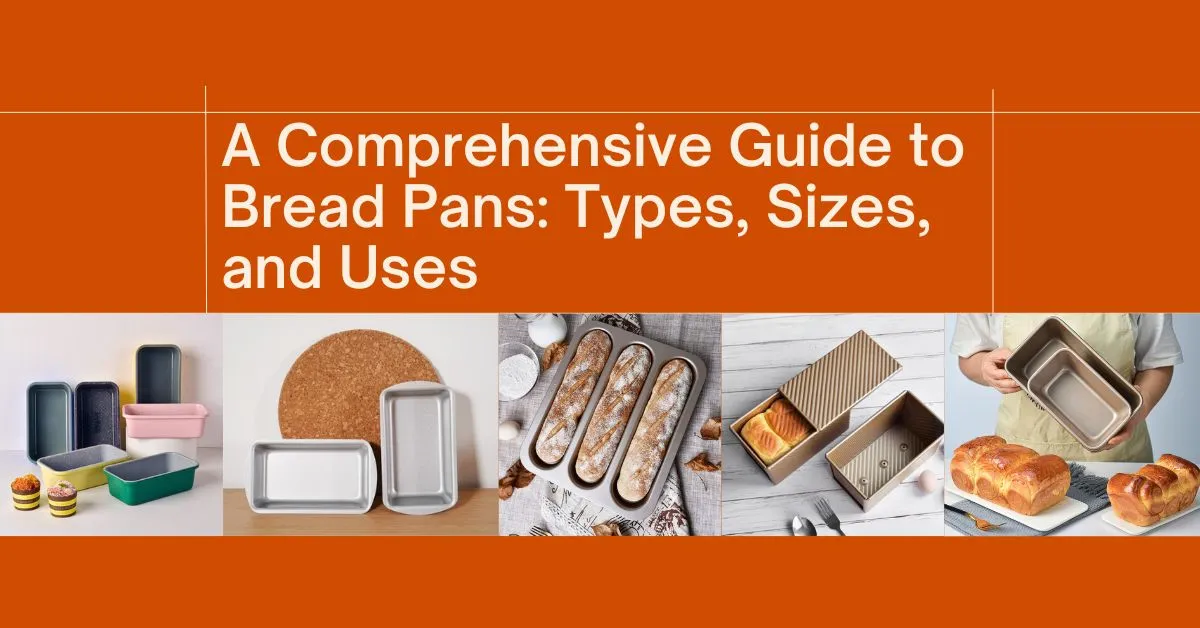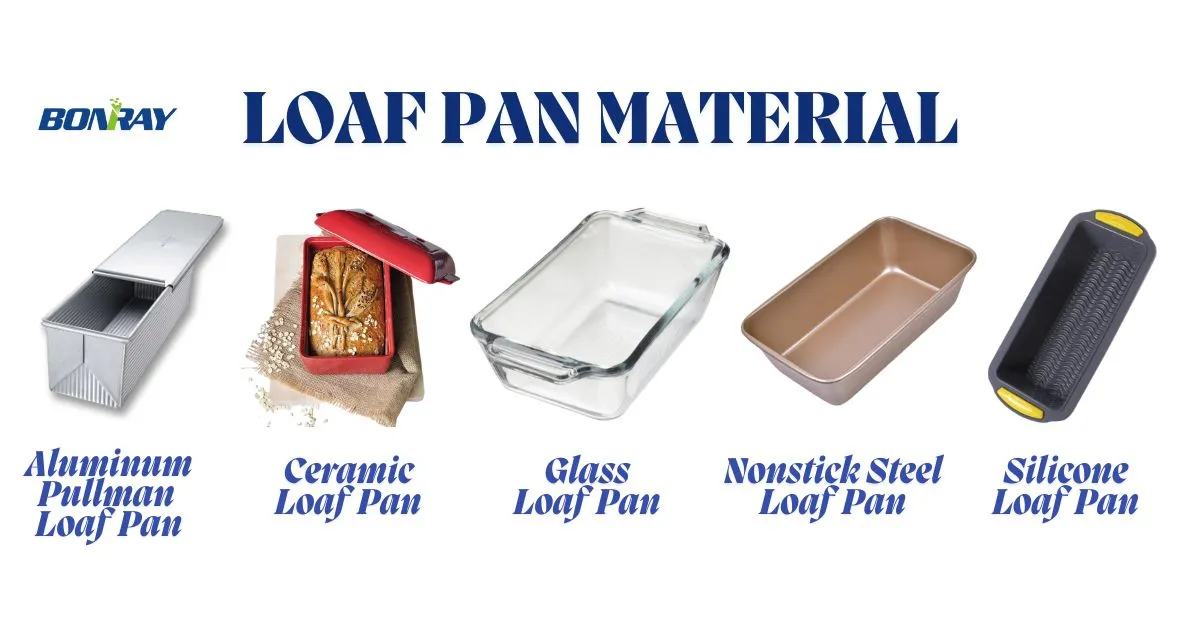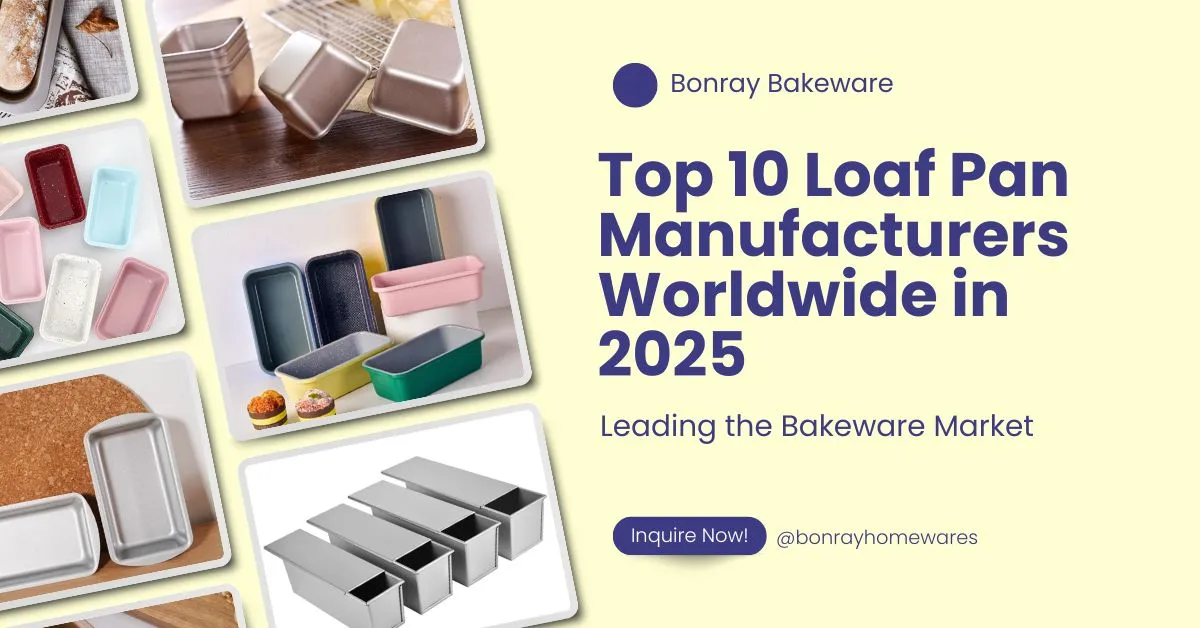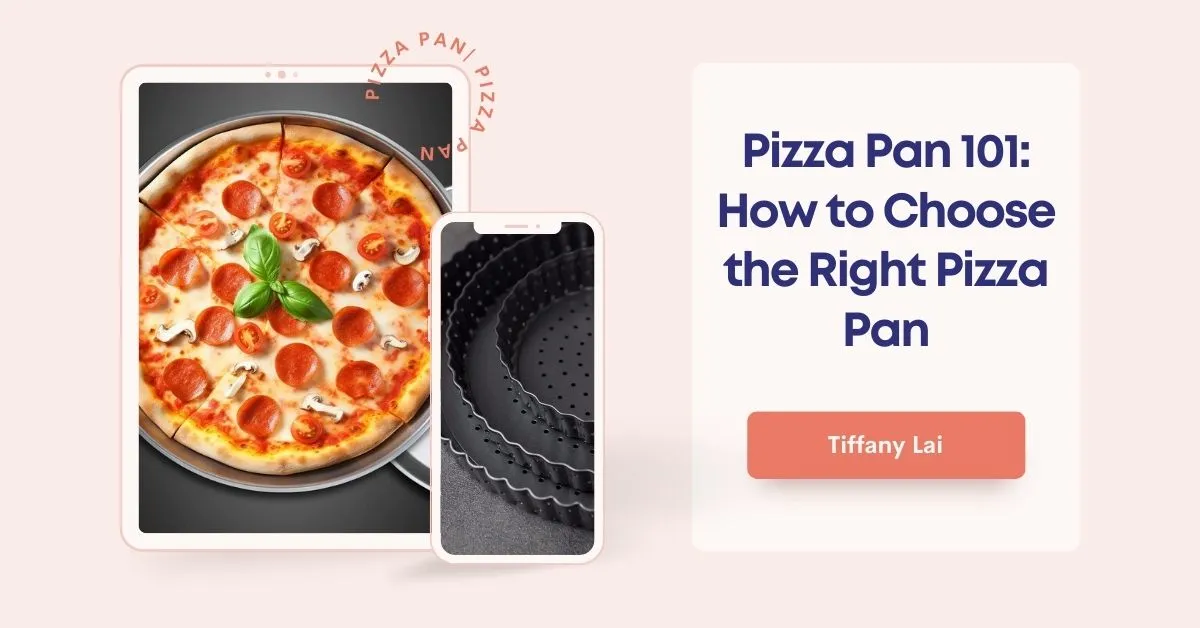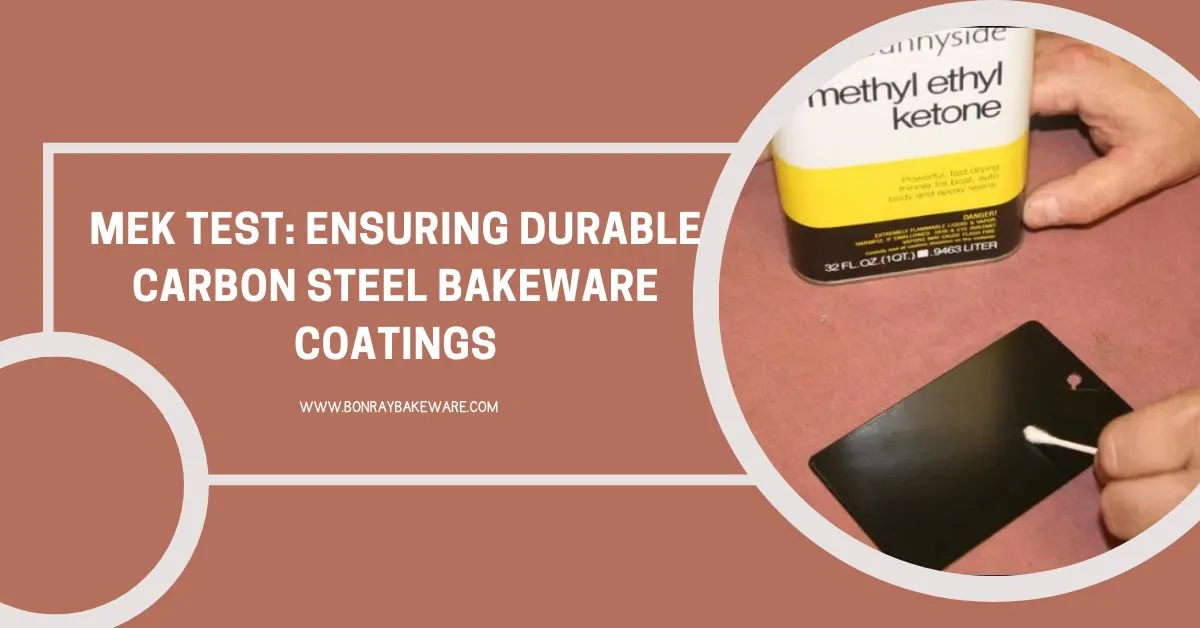
When it comes to producing high-quality carbon steel bakeware, precision and reliability are paramount. For bulk buyers such as supermarket chains, wholesalers, and distributors, ensuring that every product meets stringent quality standards is necessary. One of the most critical quality control tests in the production of carbon steel bakeware is the MEK (Methyl Ethyl Ketone) test. It is a measure used to evaluate the adhesion and curing of coatings on carbon steel bakeware.
In this article, we’ll explore the importance of the MEK test, how it works, and why it is essential for ensuring durable, high-quality bakeware.
هل هناك فرق بين مواد الخبز المختلفة؟
قطعاً! أواني خبز من الفولاذ الكربوني, for example, has a higher heat conductivity than other materials, such as aluminum. It spreads heat evenly for consistent cooking, is strong for long-lasting use, and light for easy handling comparing to cast iron. That’s why carbon steel pans have become a favorite among experienced bakers and beginners alike.

Want to know more knowledge about different materials in bakeware? Read this article!
The Ultimate Guide to Loaf Pan Materials: Choosing the Best for Your Bread
Why Carbon Steel Bakeware Requires Rigorous Testing

Carbon steel is a preferred material in bakeware due to its superior heat conductivity and durability. However, its performance depends largely on the quality of the non-stick coating. A poorly adhered coating can lead to chipping, peeling, and reduced product lifespan, affecting brand reputation and customer satisfaction. The MEK test ensures that the applied coating is properly cured and adheres securely, reducing the likelihood of quality issues in mass production.
What is the MEK Test?

The MEK (Methyl Ethyl Ketone) test is a method used to evaluate the durability of non-stick coatings applied to bakeware, particularly those made of carbon steel. It ensures that the bakeware can withstand the rigors of repeated use,.
How the MEK Test Works
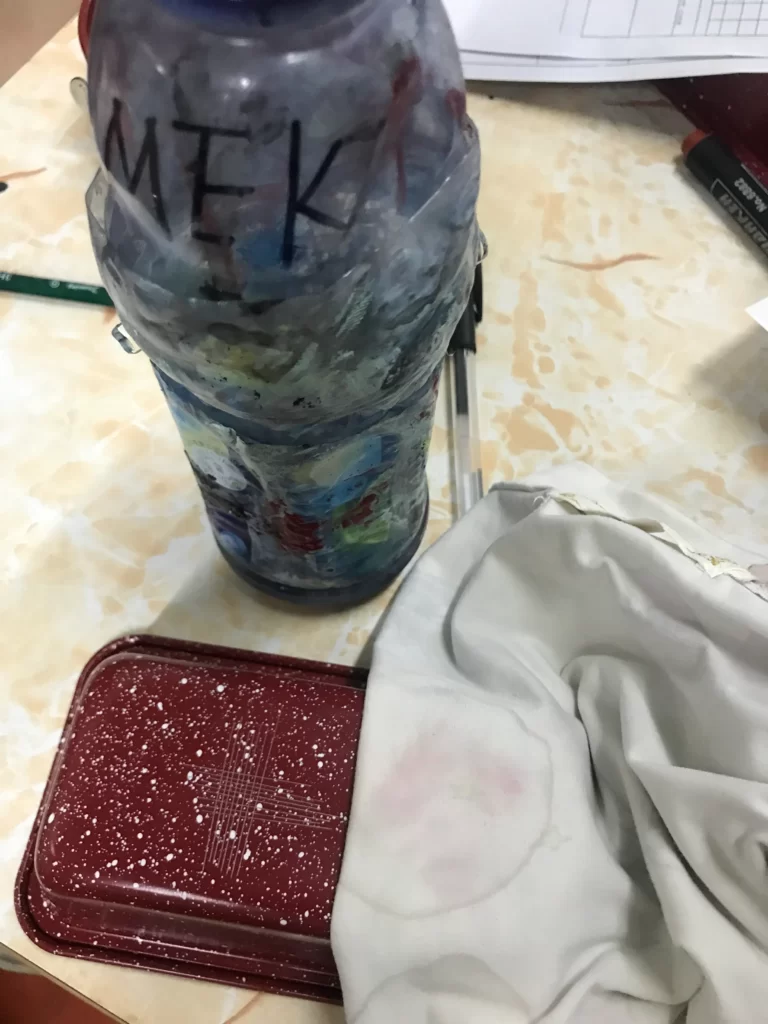
The MEK rub test follows the ASTM D5402 standard, a globally recognized method for assessing the solvent resistance of organic coatings. The process involves:
- Preparation: A lint-free cloth or cotton swab is saturated with methyl ethyl ketone (MEK).
- Application: The cloth is rubbed back and forth over a specific area of the coated bakeware surface for a defined number of cycles (typically 25–100 double rubs).
- Evaluation: The test area is inspected for signs of wear, such as discoloration, peeling, or loss of adhesion. A high-quality, well-cured coating will show minimal or no degradation after testing.
The process simulates conditions that the bakeware might face during use, such as exposure to high temperatures, oils, and cleaning chemicals. The test determines whether the coating remains intact or begins to peel, which could affect both the performance and safety of the bakeware.
Other Key Points in the MEK Rub Test that You Should Know

- The MEK Test begins with the tester putting on the necessary Personal Protective Equipment (PPE) like gloves, goggles, and a lab coat to protect themselves from the strong solvent.
- Following this, the tester drenches a cloth or swab in MEK and then firmly rub the cloth back and forth over the coated surface. The number of “double rubs” (one forward and backward movement counts as one “double rub”) can range anywhere from 25 to 100, depending on the standards of the test.
- Pass: After completing the rubs, the tester examines the cloth and the surface. A fully cured and well-adhered coating will result in minimal or even no coating material on the cloth, and the surface will show no signs of damage, such as softening or swelling.
- Fail: إذا لم يتم معالجة الطلاء بالكامل أو تم التصاقه بشكل سيئ، فسيؤدي المذيب إلى ذوبانه أو تليينه، مما يترك آثارًا من مادة الطلاء على القماش وتلفًا واضحًا على السطح.
يعد اختبار MEK وسيلة فعالة لاختبار عملية معالجة الطلاء، ولكن نظرًا لأنه اختبار مدمر، فإنه يتم إجراؤه عادةً على عينة أو قطع اختبار بدلاً من المنتجات النهائية. يجب أن تكون تدابير السلامة موجودة دائمًا أثناء هذا الاختبار بسبب وجود مواد كيميائية قوية.
Comparing MEK Test with Other Quality Control Methods
In addition to the MEK test, other assessments are used to evaluate non-stick coatings:
- Cross-Hatch Adhesion Test: Determines how well the coating bonds to the metal surface by scoring a grid pattern and applying adhesive tape to check for peeling.
- Impact Resistance Test: Measures how well the coating withstands sudden force or pressure.
- Salt Spray Test: Simulates long-term exposure to moisture and corrosion to assess coating durability in humid environments.
While each test serves a distinct purpose, the MEK test remains a fundamental method for confirming the proper curing and adhesion of non-stick coatings in bakeware manufacturing.
The MEK Test and Industry Standards in Bakeware Production
ال ASTM D5402 standard is the recognized guideline for conducting the MEK rub test on coatings.
تصف هذه الممارسة تقنية فرك المذيبات لتقييم مقاومة المذيبات للطلاء العضوي الذي يتغير كيميائيًا أثناء عملية المعالجة. يمكن استخدام هذه التقنية في المختبر أو في الميدان أو في ورشة التصنيع. طريقة الاختبار D4752 هي الطريقة المفضلة للبادئات الغنية بالزنك سيليكات الإيثيل.
وفقًا لهذا المعيار، يجب أن يتحمل الطلاء عالي الجودة ما لا يقل عن 50 فركًا مزدوجًا دون ظهور أي علامات تآكل أو تدهور. إذا بدأ الطلاء في التدهور قبل الفرك المزدوج الخمسين، فهو لا يفي بالمعيار.
This standard ensures that the test is consistent and reliable, providing manufacturers and buyers with a uniform method for evaluating coating quality. Compliance with such standards helps businesses like yours ensure that products meet high expectations for durability, safety, and performance.
Bonray Bakeware’s Commitment to Quality Assurance

في خبز بونراي, we integrate the MEK test into our comprehensive quality control process to ensure every batch of carbon steel bakeware meets performance expectations. Our in-house testing facilities adhere to international standards, reducing the risk of defects and ensuring consistency across large-scale production. By implementing rigorous testing protocols, we provide buyers with confidence in the durability and safety of our products.
Frequently Asked Questions
What is the MEK test, and why is it important for bakeware?
The MEK test assesses the solvent resistance of non-stick coatings, ensuring they are properly cured and durable enough for prolonged use.
How does the MEK test improve non-stick coating durability?
By verifying adhesion and resistance, the test minimizes defects such as peeling or chipping, enhancing the longevity of the bakeware.
What quality standards should supermarket buyers look for in bakeware?
Buyers should prioritize products tested against ASTM D5402 and other industry benchmarks to ensure durability and compliance with international safety regulations.
Are there alternative methods to the MEK test for assessing coating durability?
Yes, other methods include the Cross-Hatch Adhesion Test and the Impact Resistance Test. However, the MEK test is widely used due to its effectiveness in evaluating solvent resistance and curing quality of coatings.
What are the safety considerations when conducting the MEK test?
MEK is a volatile organic compound and should be handled in well-ventilated areas with appropriate personal protective equipment, including gloves and safety glasses, to prevent inhalation and skin contact.
How often should manufacturers perform the MEK test during production?
Manufacturers typically perform the MEK test at various stages of production, especially after coating application and curing, to ensure consistent quality and adherence to industry standards.
Does the MEK test assess the thickness of the non-stick coating?
No, the MEK test specifically evaluates the solvent resistance and curing quality of the coating. Other methods, such as micrometer measurements, are used to assess coating thickness.
For thickness inspection of carbon steel bakeware, check this article:
كيفية إجراء اختبار سمك الطلاء غير اللاصق على أواني المخبوزات المعدنية باستخدام مقياس سمك الطلاء؟
How does Bonray ensure its carbon steel bakeware passes quality tests?
Bonray implements a multi-stage quality control process, including the MEK test, cross-hatch adhesion tests, and impact resistance assessments, to guarantee consistent product performance.
خاتمة
The MEK test plays a vital role in ensuring the reliability of non-stick coatings in carbon steel bakeware. For bulk buyers, understanding and verifying a supplier’s testing protocols can significantly impact purchasing decisions. By prioritizing rigorous quality control, خبز بونراي delivers durable, high-performance products that meet the demands of supermarkets, wholesalers, and distributors worldwide.
- Mastering Perfect Desserts: The Ultimate Guide to Cake Pan Shapes
- A Comprehensive Guide to Bread Pans: Types, Sizes, and Uses
- The Ultimate Guide to Loaf Pan Materials: Choosing the Best for Your Bread
- Leading the Bakeware Market: Top 10 Loaf Pan Manufacturers Worldwide in 2025
- بأكسيد مقابل بأكسيد الألومنيوم الصلب بيتزا المقالي، ما هو الفرق؟


